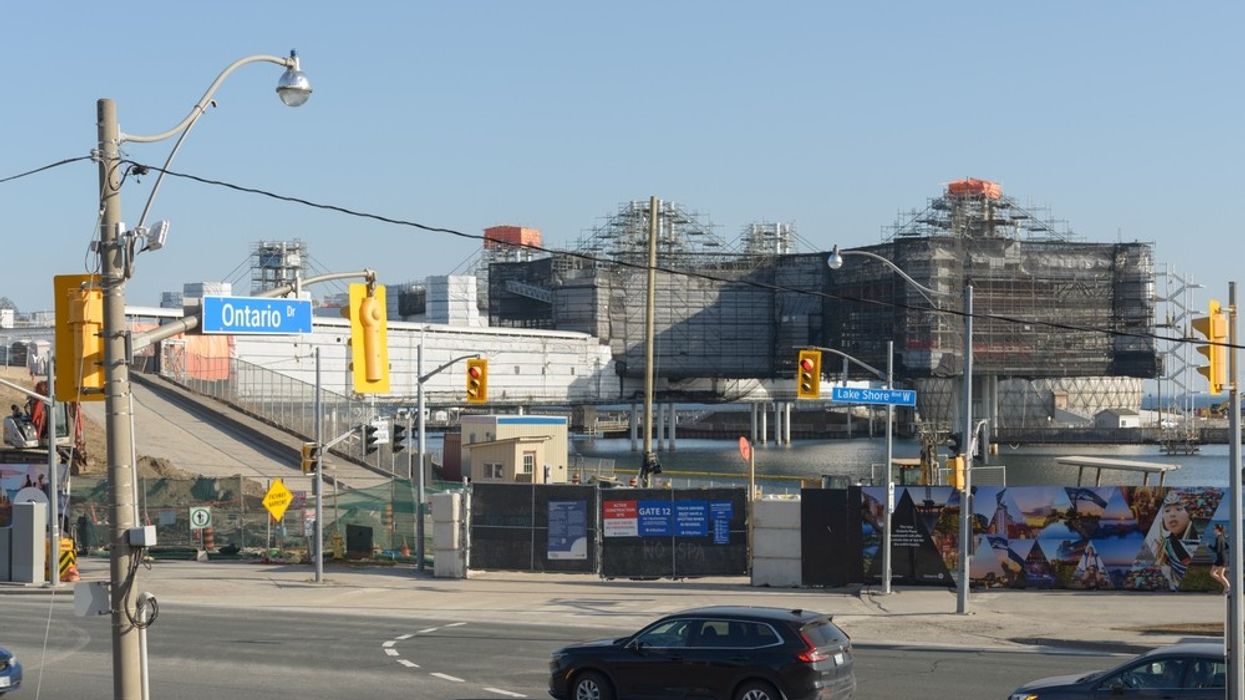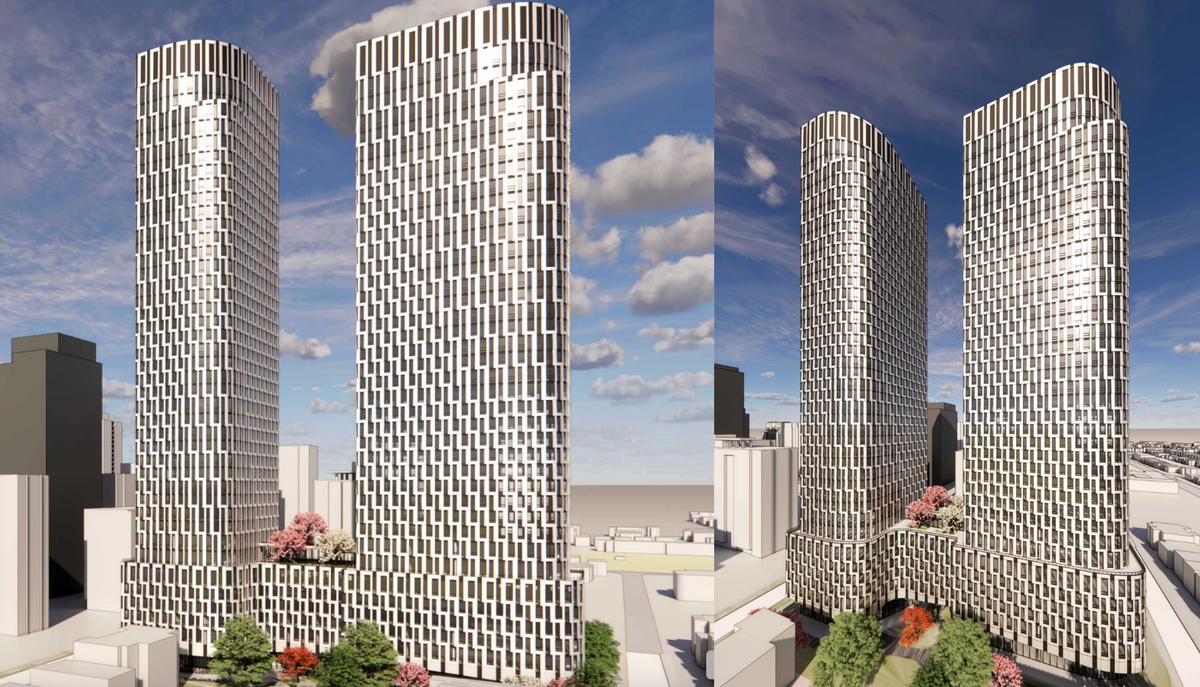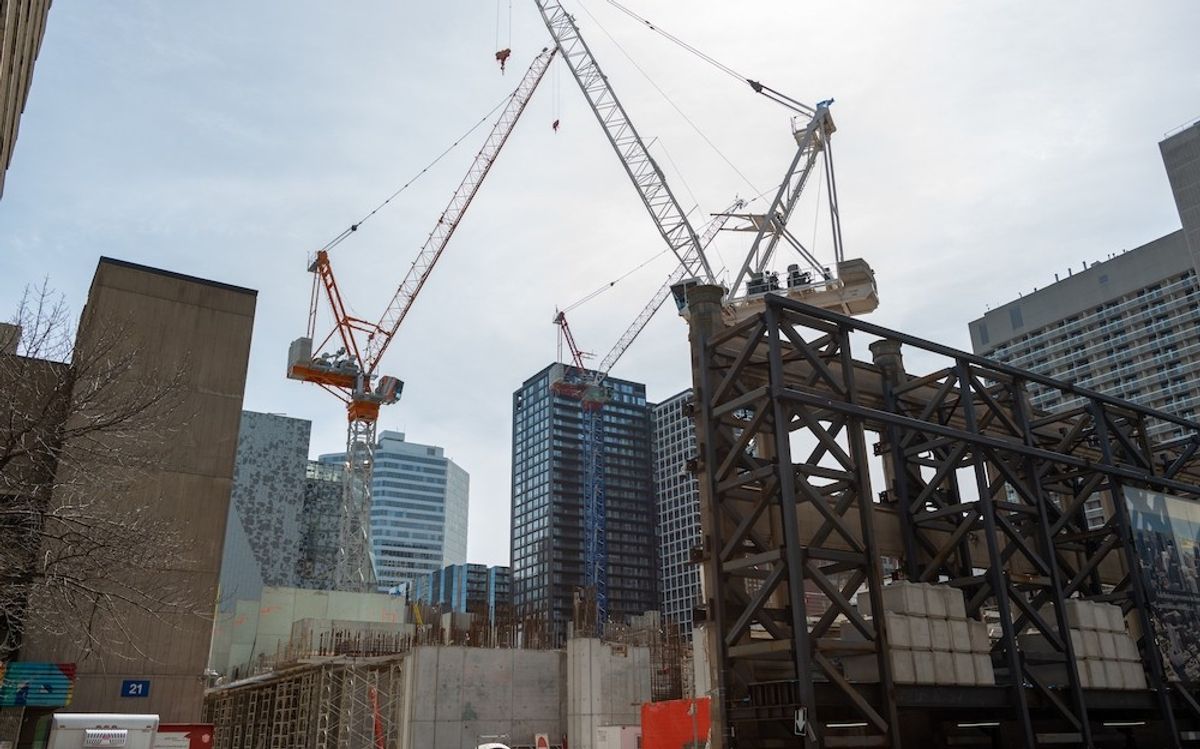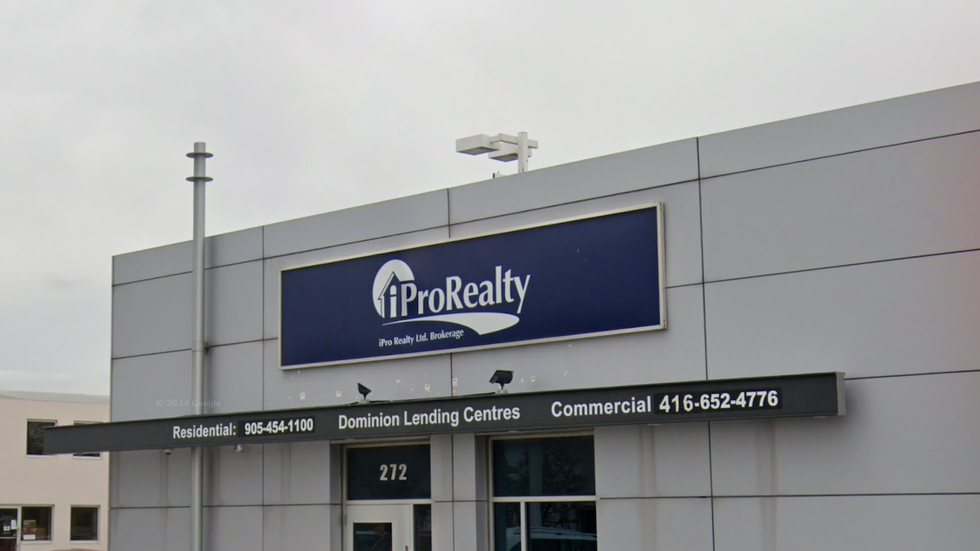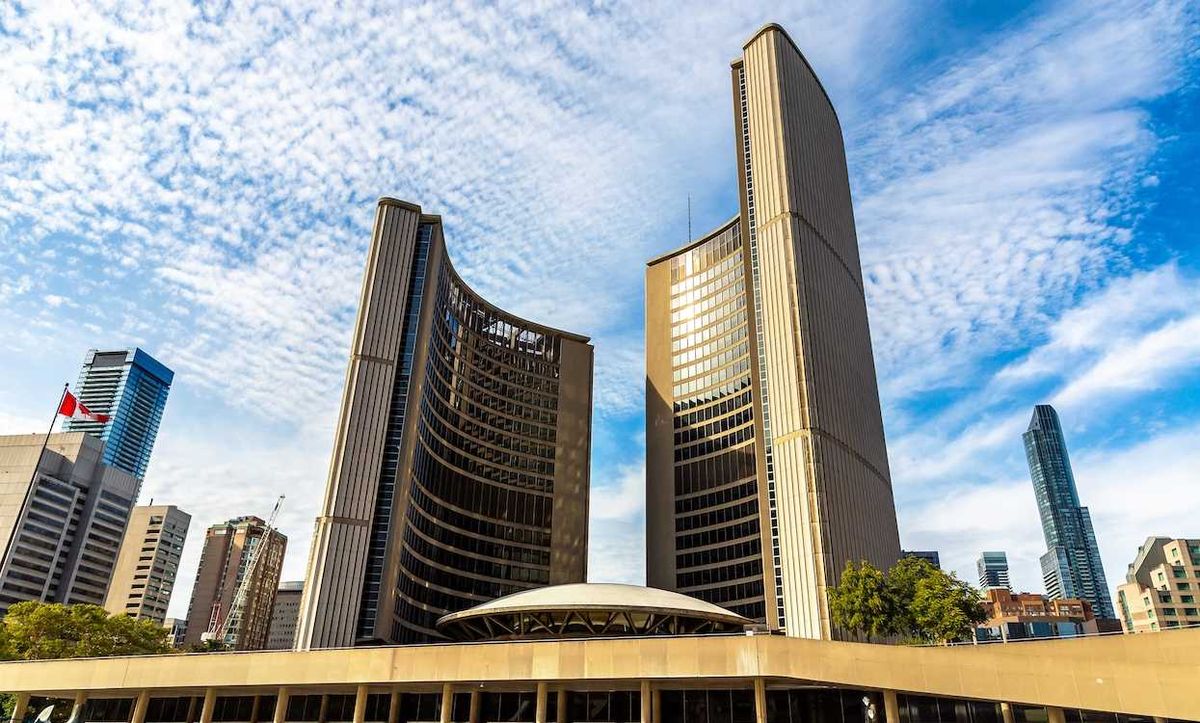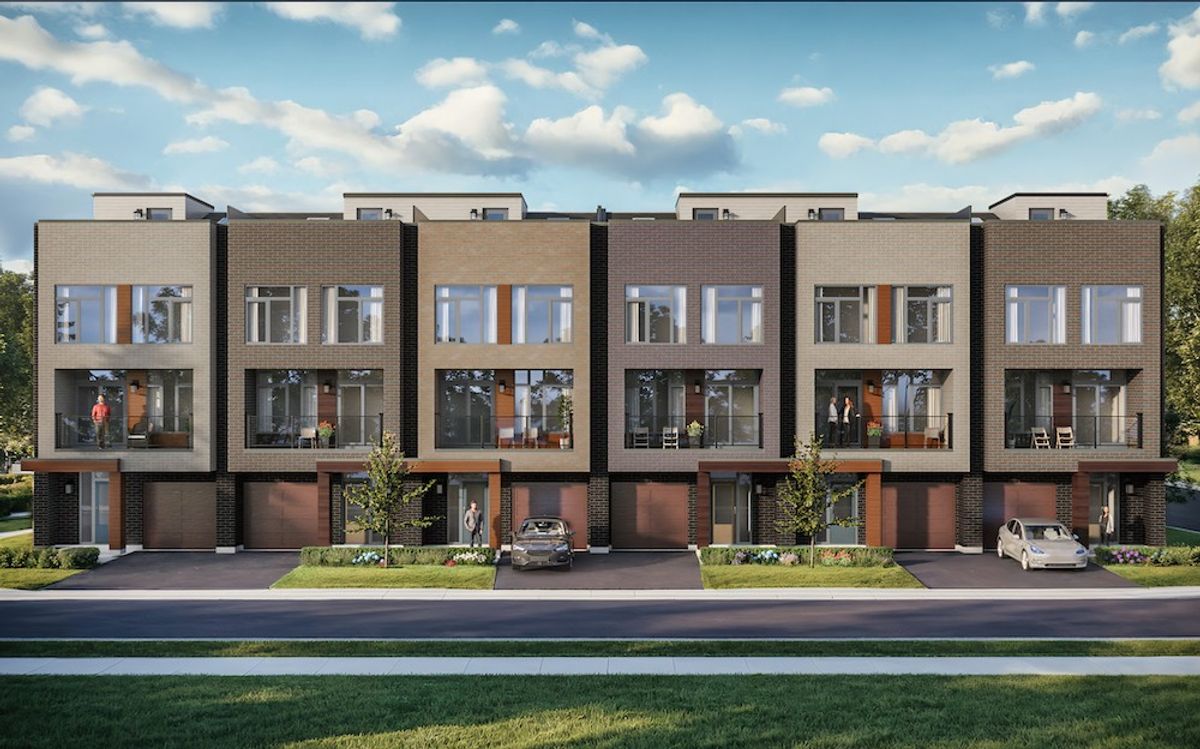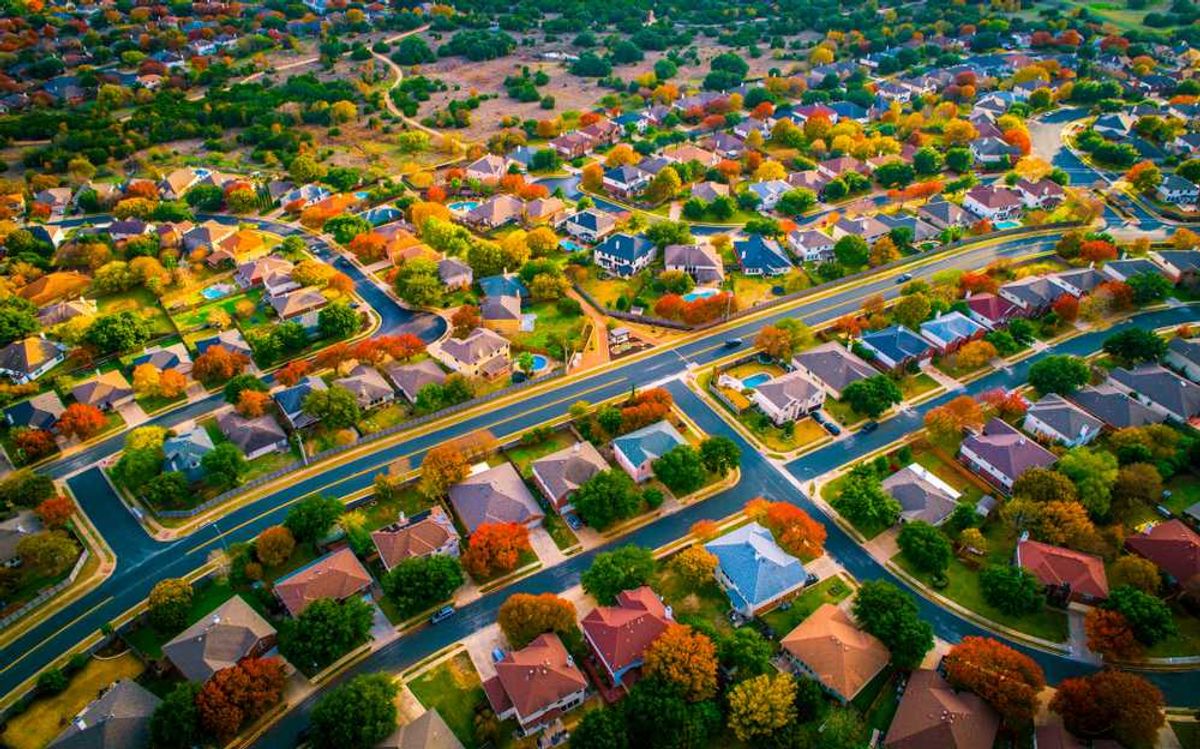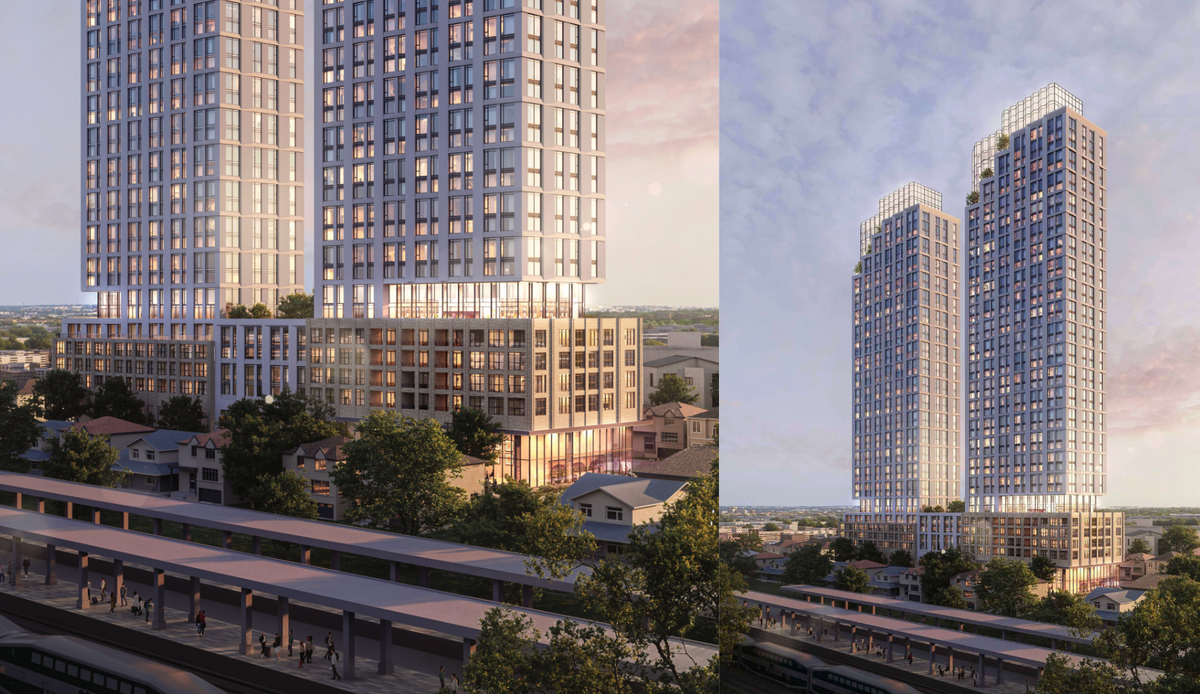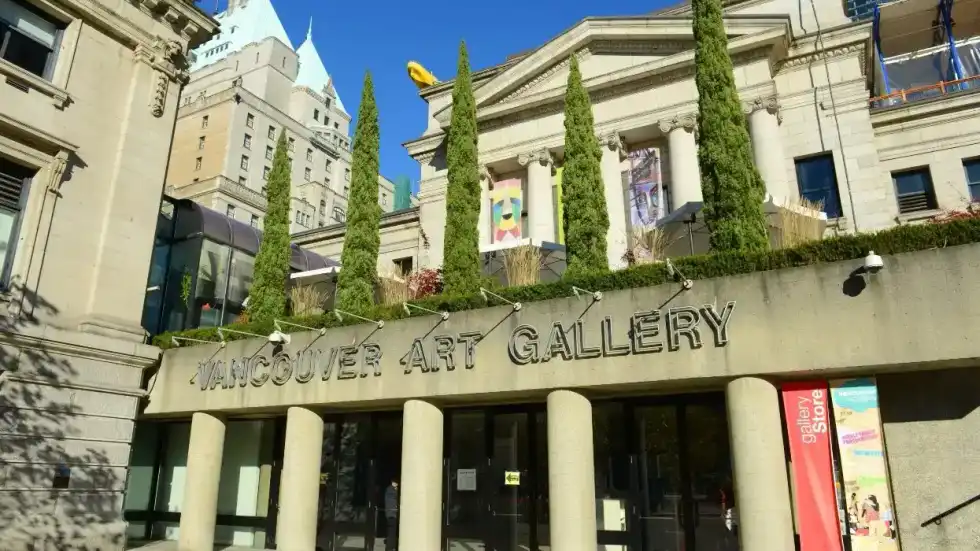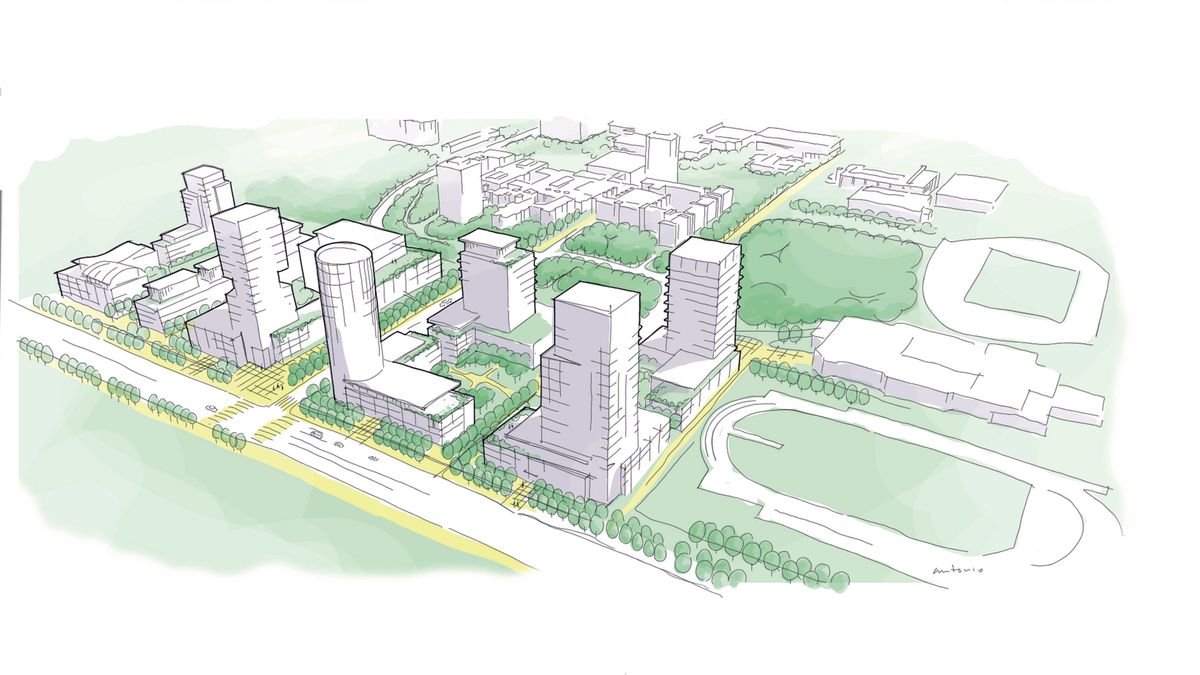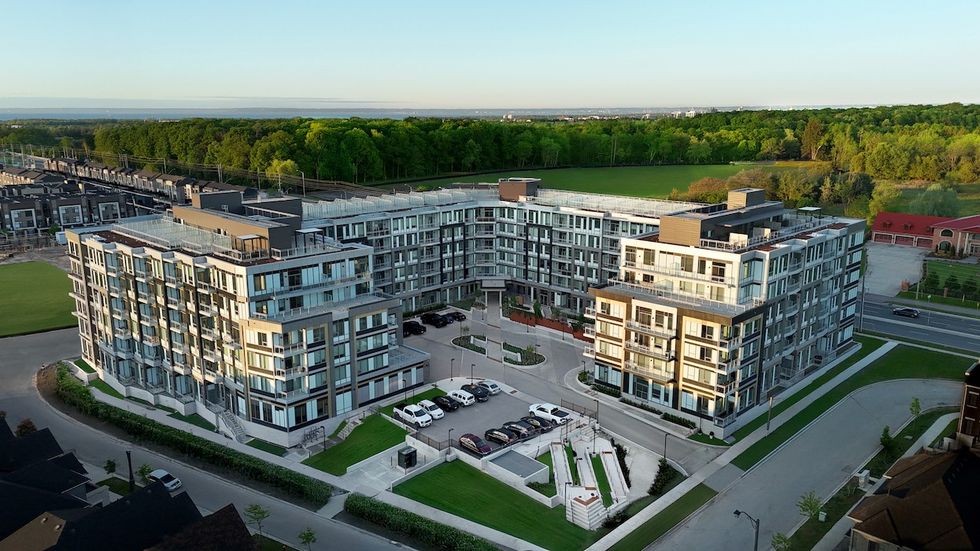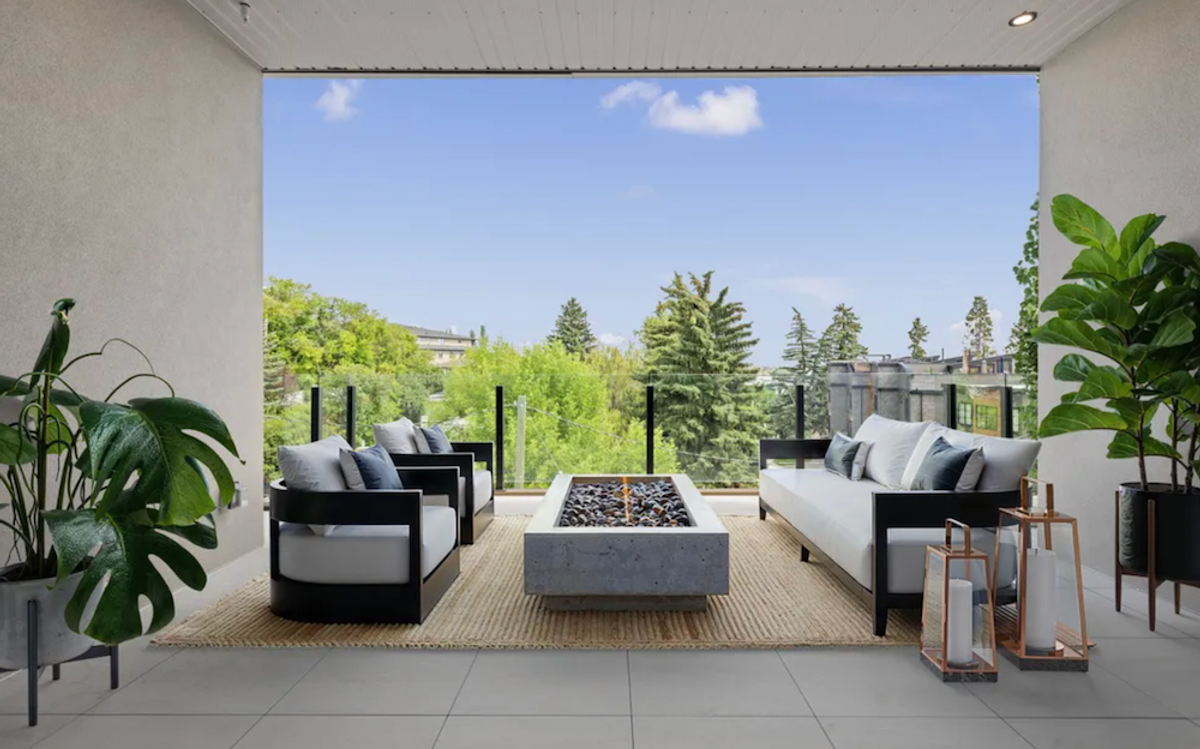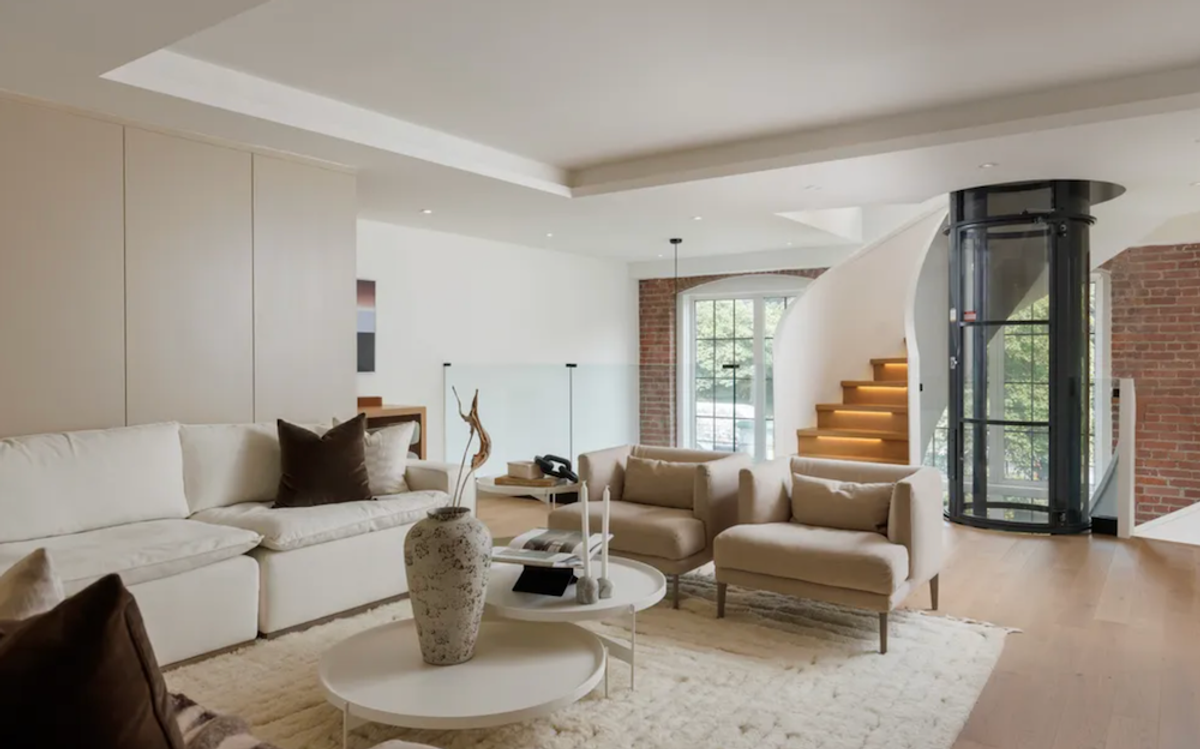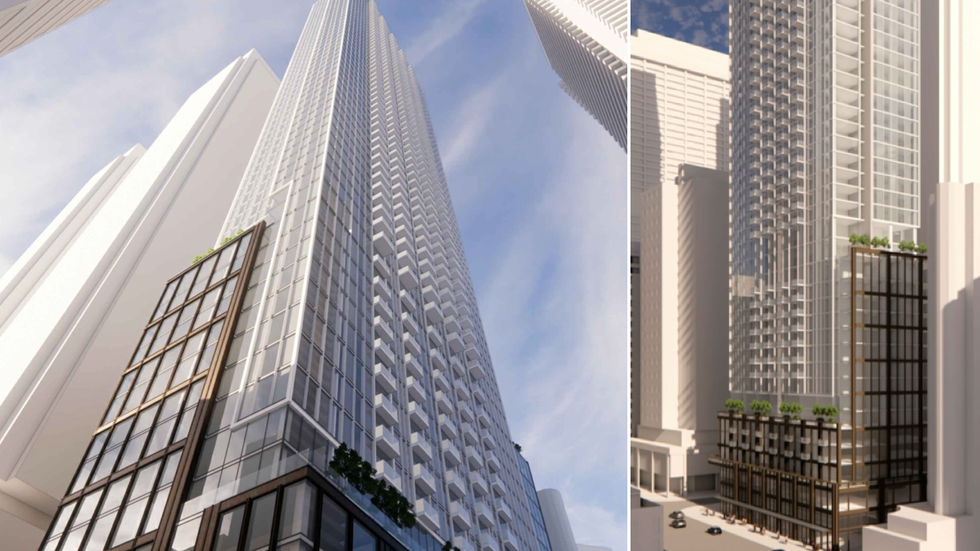This article was written and submitted by Richard Witt, an architect and principal at BDP Quadrangle where he tries to fill every half empty glass.
“Architecture is like clothing for our streets,” said Robert Wiljer, a professor I was fortunate enough to study under at the University of Waterloo. “Some people walk by and never notice what others are wearing. But for some of us, it matters deeply.” That line seems to be resonating with me more recently as I traverse the west end of Toronto, and I suspect would have the same resonance if I was able to get to other parts of the city (expediently).
Ontario Place has dominated recent headlines, a flashpoint in a city experiencing increased dissatisfaction. And, while I enjoy a good debate, I won’t wade into that particular firestorm here. What concerns me more is the underlying reason we’re even having this debate at all: a quiet, persistent indifference to the public spaces we already have; The ones that don’t make headlines, the ones we pass daily and no longer see. The reality is that the Ontario Place redevelopment is happening because we didn’t care enough to maintain it. And that neglect continues to shape the broader future of the city.
One enduring emblem for me is the rusting pedestrian bridge that once proudly connected Ontario Place to the Exhibition Grounds. Between 19,000 and 29,000 people pass under it daily — drivers, cyclists, pedestrians — and it stands there, neglected and skeletal, a quiet admission that we’ve let things slide. It's not asking for an architectural overhaul. Just a coat of paint. A sign that someone, anyone, still cares... or even notices.
Unfortunately, it’s not an isolated case. Two more examples come to mind: the bridges at Dowling Avenue and Dufferin Street, both demolished years ago and replaced by what looks like military-grade stopgaps — Bailey Bridges, the kind famously used in World War II. They’re not beautiful. They’re not even meant to be permanent. But in Toronto, they’ve quietly become just that. Dowling’s bridge was removed in 2015, Dufferin’s in 2013. Promises of replacement have come and gone. In 2023, we were told Dowling would be replaced “within 2–3 years” (roughly how long it’s already been since the promise was made).
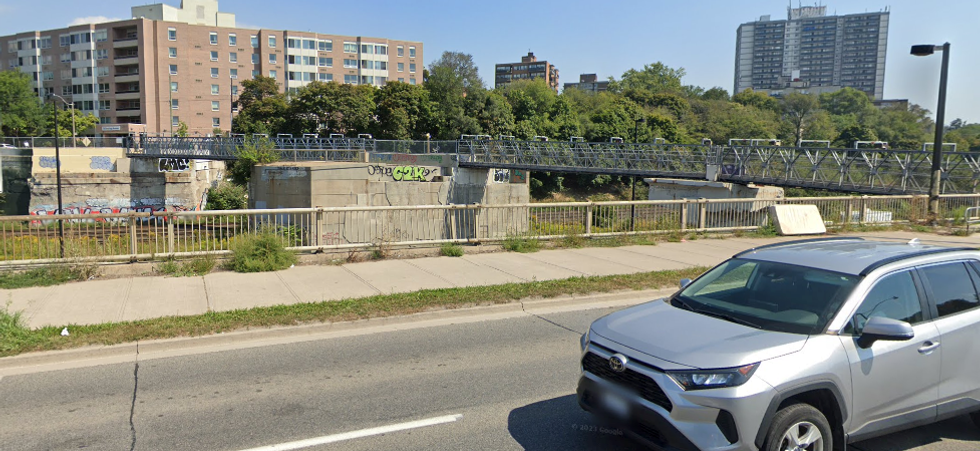
Dufferin’s bridge has been missing for over a decade, replaced by a barebones steel structure that seems deliberately forgettable. What makes this especially jarring is the view from the base of the Dufferin Gate. The iconic 65-foot parabolic arch still stands, bold and commanding. It feels like it’s from another era, one where we asked more of our public spaces. An era where infrastructure was designed not just to function, but to endure, inspire, and represent.
Now, imagine walking through a historic European city — say, Prague — and standing on the Charles Bridge, only to find it replaced by a steel plank walkway. Would you still take the photo? Would you still tell people it was worth the trip? The truth is, we expect more from cities when we’re visitors. We should expect no less from the cities we call home. We deserve places that remind us of where we are and make us feel proud of being there.
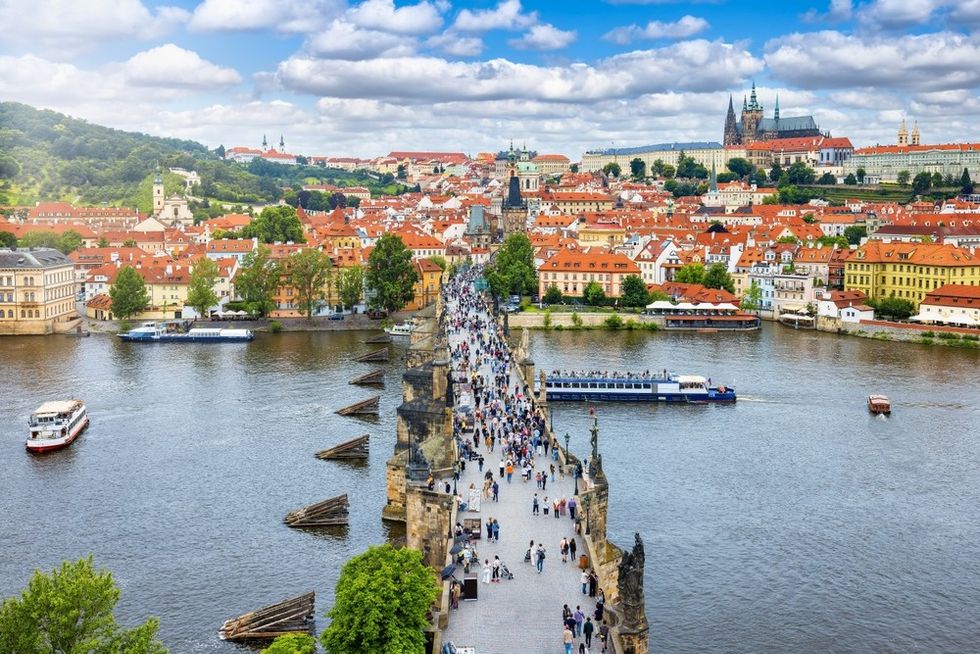
We don’t have to accept this erosion of beauty and identity as the norm. Wiljer once said something else that has stayed with me: “As a designer, you should never be afraid to say, it’s just not beautiful.”
These bridges, these connections, are more than just steel and concrete. They’re statements. And right now, the statement they’re making is that we’ve stopped caring.
But we can change that. It starts by saying: It’s just not beautiful. And that means it's not good enough.
